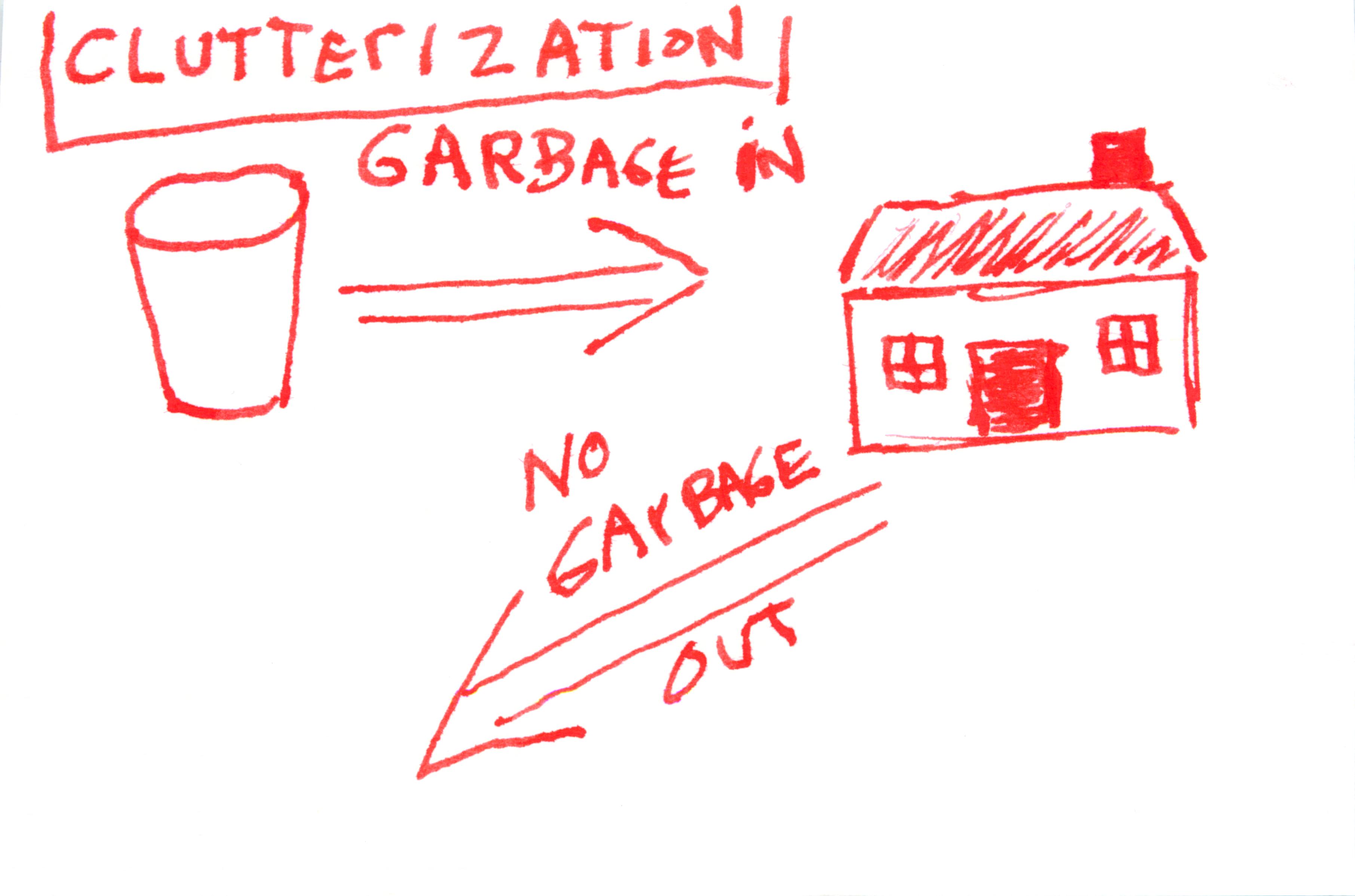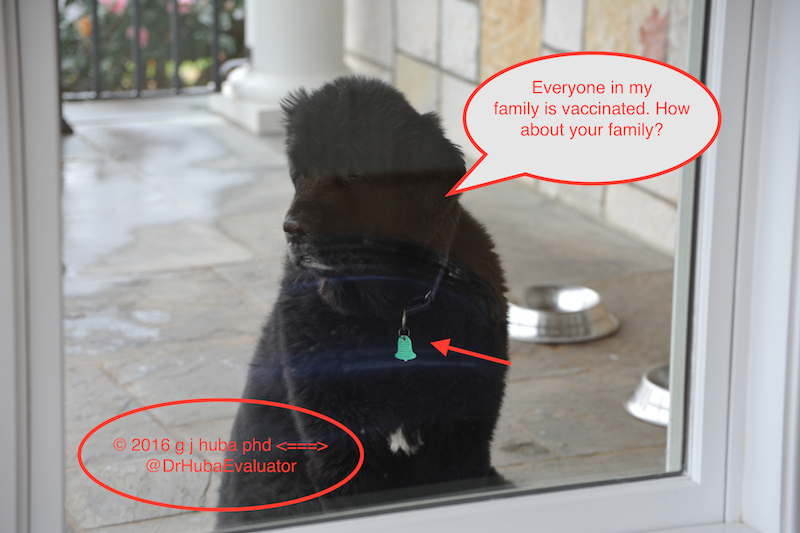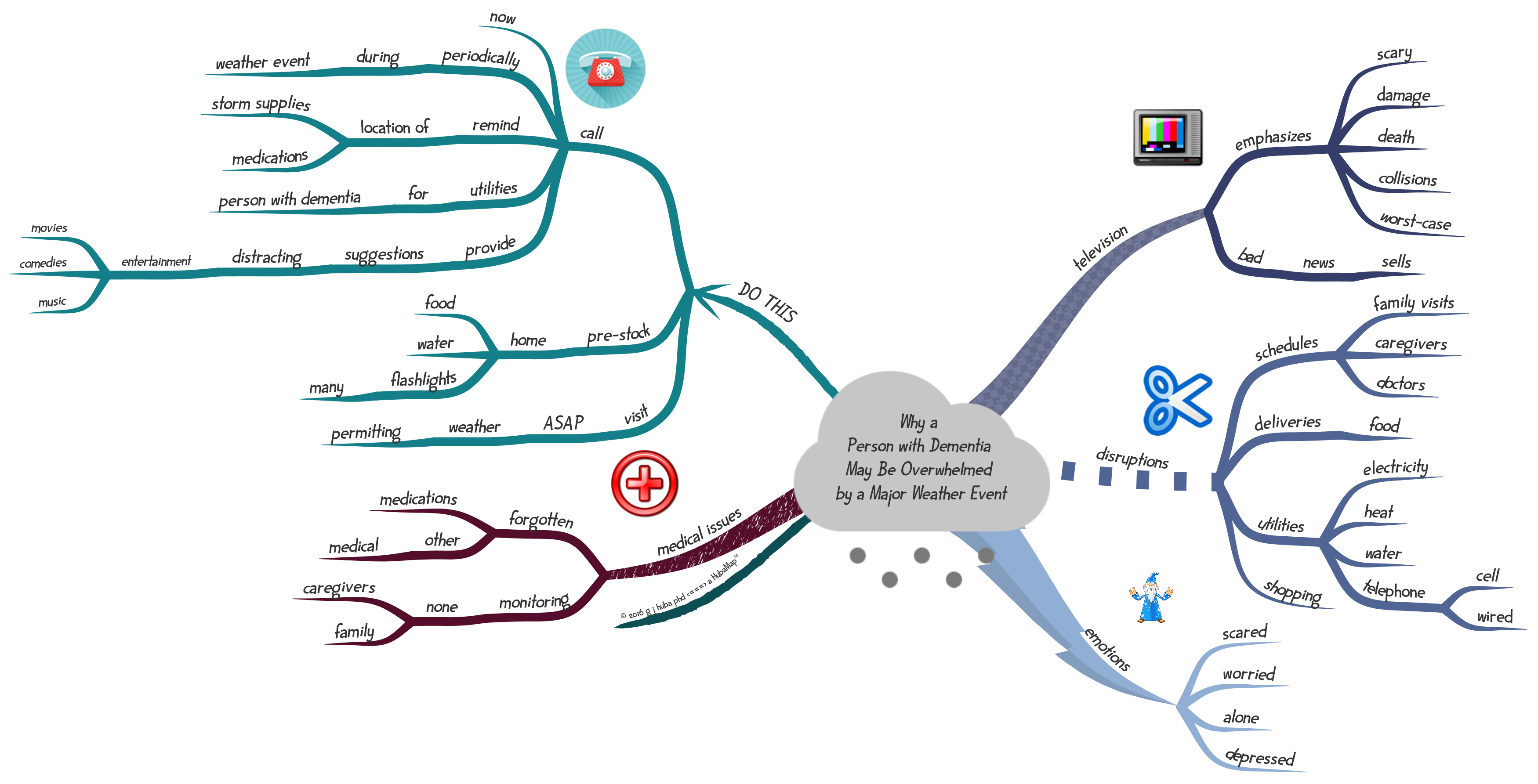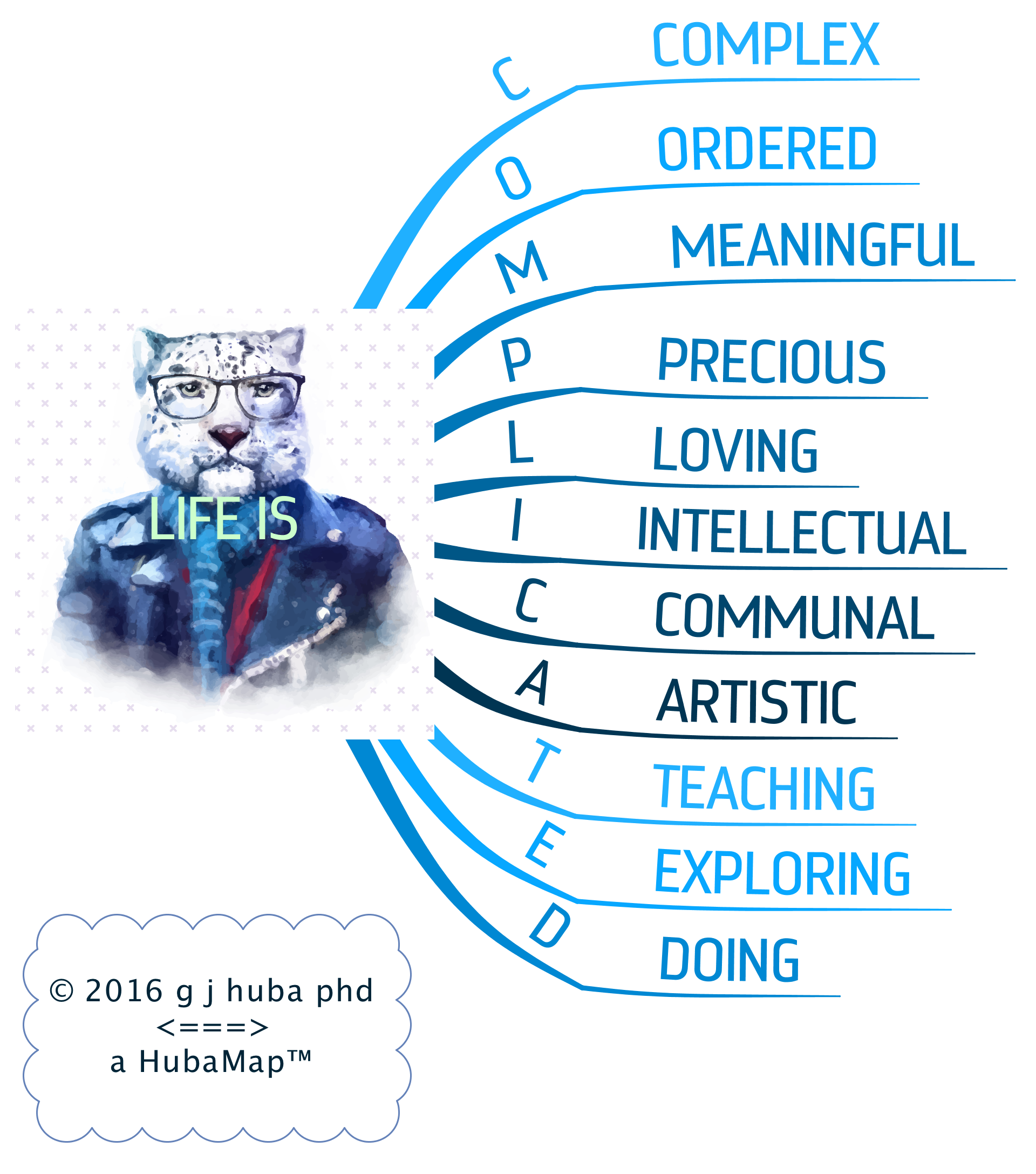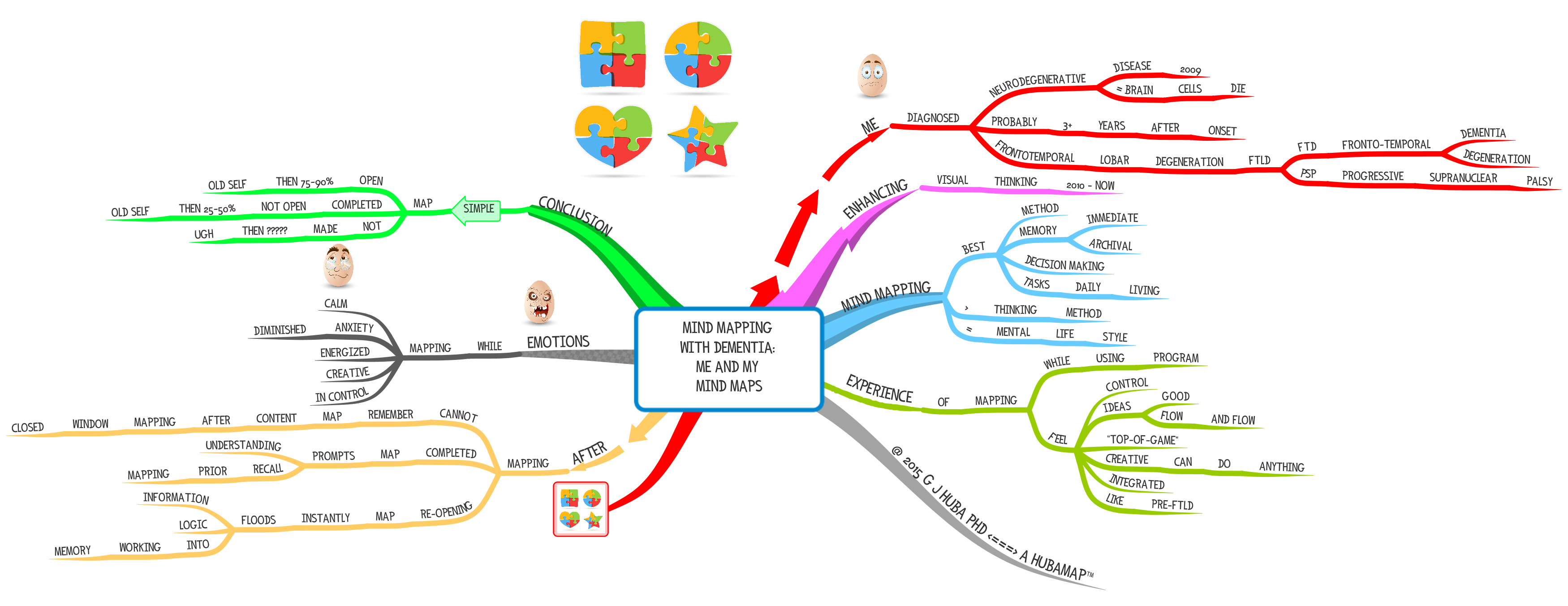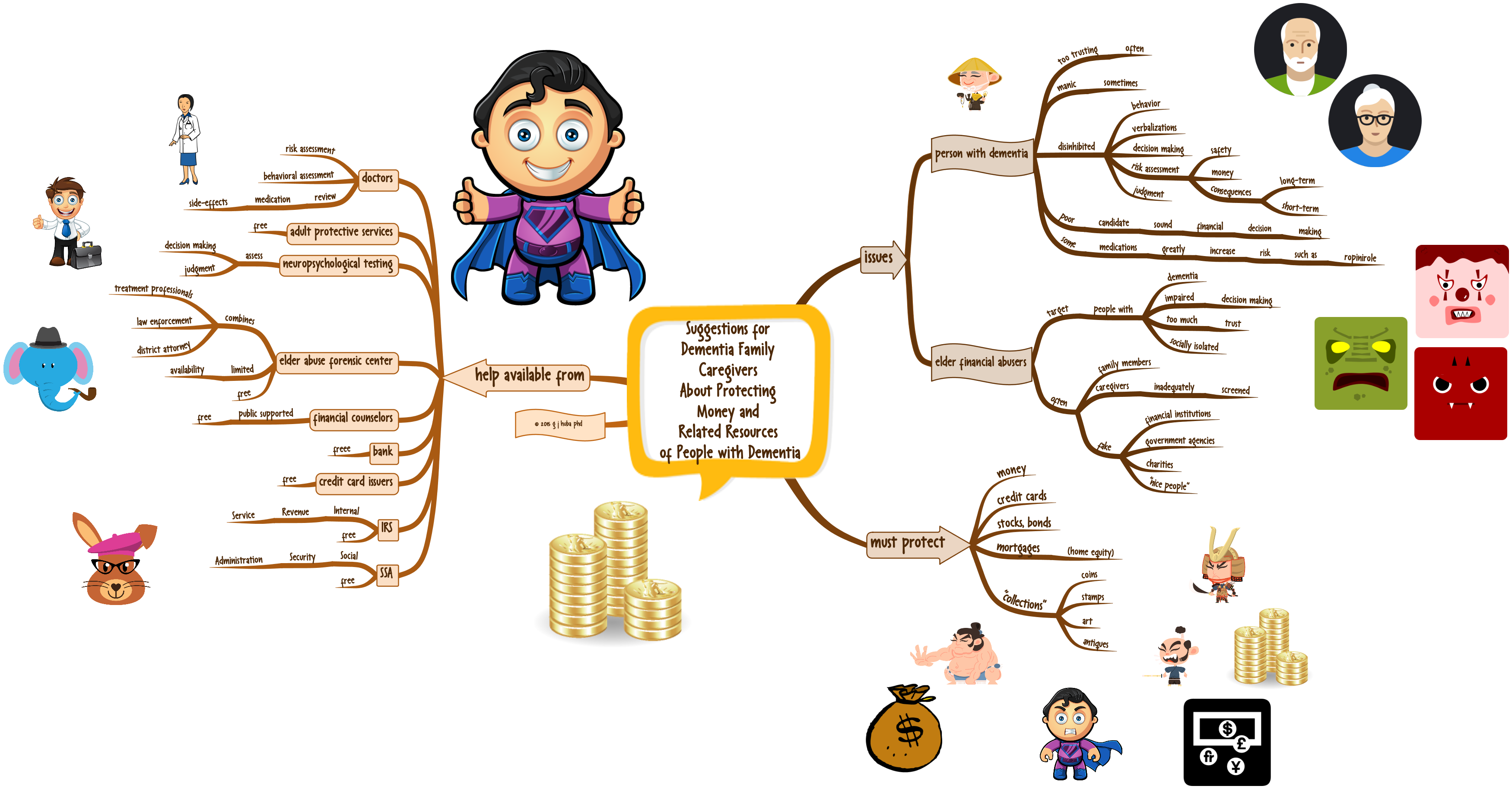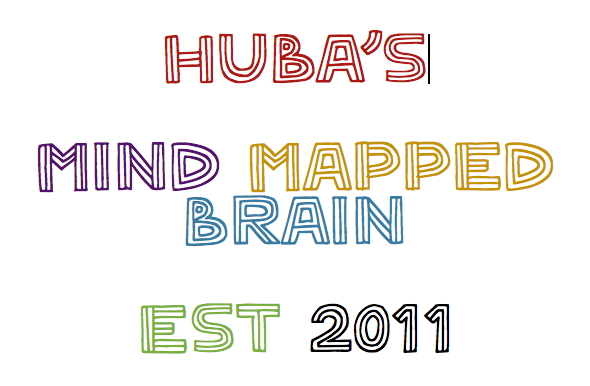Think you have a million of those sticky notes on your computer monitor, office wall, idiotic memos, email you printed out as well as in your wallet, pockets, and stuck on file cabinets.
About a “million” is nothing. Wait until you have aging memory or neurocognitive impairment (MCI, dementia). You will be buying more sticky notes every time you get near a Big Box office supply store.
Think you are going to keep all of the reminders you write yourself all day by typing them into an electronic device? Uh huh. I’ve started down that track many many many times in the past 35 years starting with the very first Palm Pilot that came on the market and progressing through an iPaq (yup, the spelling is correct), the Treo smart phone, Blackberries, the iPhone, the iPad, and a dozen different kinds of laptop and notebook computers.
I confess. I failed. Every time I tried.
I ended up with those damn sticky notes and file cards. At least now I take pictures of the sticky notes with my iPhone and upload them to Evernote and (Apple) Photos where I never can find them again.
Now sadly it comes down to that problem of legible handwriting. If I can’t read the note 10 minutes later, it didn’t happen. Used to be I could remember what I wrote on the note. Now … well why do you think I wrote the note? There is no memory backup if you cannot read your own handwriting.
Legibility. Come on, how many of your friends write legible printing or cursive handwriting? Do you? Can you do it quickly?
I started using fountain pens and LARGE cursive writing a couple of years ago and it helped but there were still a lot of notes that I have to guess at words which is pretty silly because I wrote them. It might be a joke in the office to say “I can’t read my own handwriting,” but it is not funny at all if the only way you can remember what to buy at the grocery store is from a handwritten note.
Italic handwriting is super fast and almost invariably legible. It takes 1-2 hours to learn and practice. That’s it. Works with ballpoint pens, pencils, fountain pens, and I suspect crayons although I have yet to formally test crayons (one of the kids “borrowed” my crayons off my home office desk).
You can start to learn italic handwriting from this very short article in the New York Times and a few charts you will find scattered around the Internet. Yes, really. TWO hours. For definitive books, search for Getty and Dubay and buy their book on adult handwriting.
Learn this method of handwriting and when you get old and your memory is going, you will at least be able to read the memory notes you wrote for yourself, family, caregivers, and healthcare providers.
Click the mind maps to expand them.


pencil

ballpoint

remaining examples all fountain pen (different pens)



Special note: If you want a computer font to use in various graphic application programs, take a look at Sketchnote Italic by designer (and sketchnote father) Mike Rohde. This font is the best match I have found to Italic Printing and is exceptionally clear and “memorable.” It also has the property of looking “relaxed” and may be less stressful for those reminders you really don’t want to remember. Mike’s font is the one used in the mind maps above.
Rohde’s books on Sketchnoting are highly recommended as definitive sources for combining printed handwriting and small “doodle-like” graphics to enhance understanding and memory. These should be on the must-read list for anyone using handwritten notes.

Like this:
Like Loading...






